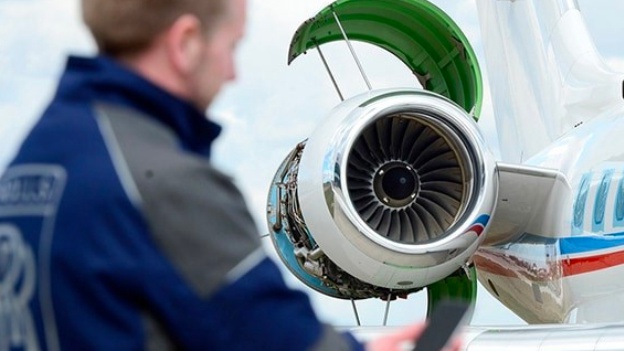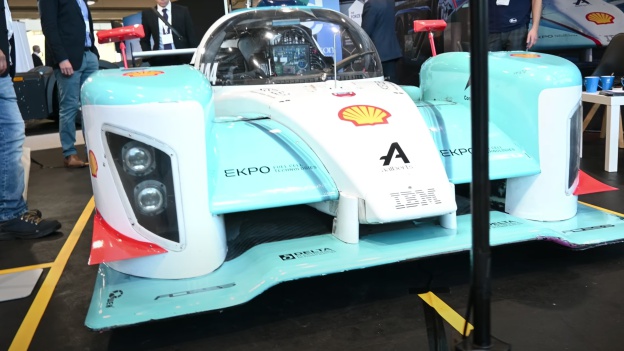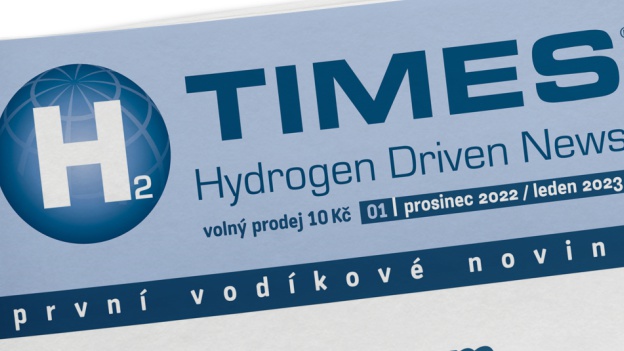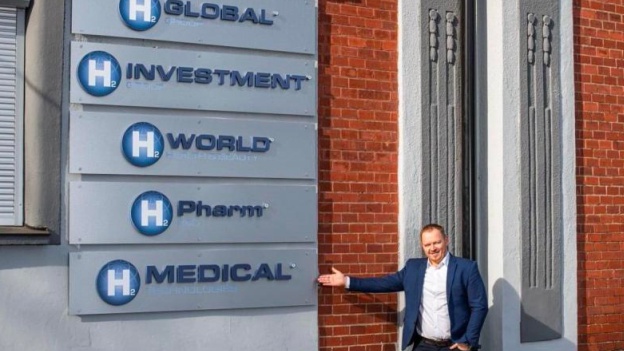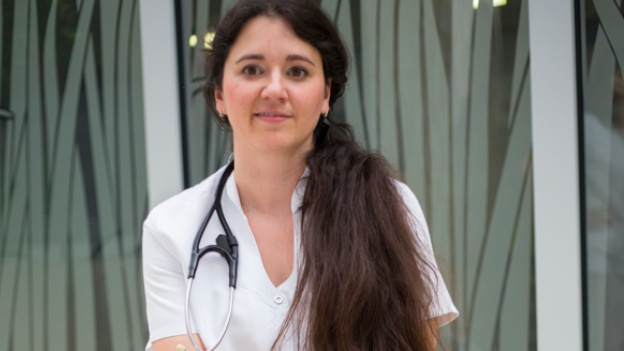In recent developments in the clean energy sector, a less-discussed method of hydrogen production known as turquoise hydrogen is gaining attention. This method involves pyrolysis of methane, a process that converts methane to hydrogen and solid carbon by heating it in the absence of oxygen. As the world explores alternatives for building a sustainable hydrogen economy, turquoise hydrogen is growing in attractiveness due to its potential cost-effectiveness and efficiency compared to other methods of hydrogen production.
Turquoise hydrogen production is not a new technology; it has been around for decades but is now experiencing renewed interest. A key advantage of the process is that it does not produce carbon dioxide gas, a significant benefit over more traditional blue hydrogen production using steam methane reforming (SMR) with carbon capture.
French energy company Engie has emerged as a major proponent of this technology. Didier Holleaux, executive vice president of Engie, stressed the importance of diversifying sources of hydrogen production during his speech at the CERAWeek by S&P Global conference in Houston. Holleaux said relying on one type of hydrogen is less feasible than developing a spectrum of hydrogen colors, each with unique benefits and applications.
Engie has already invested in several companies specializing in turquoise hydrogen, including California-based C-Zero. C-Zero uses a unique thermocatalysis process to pyrolyze methane, putting it at the forefront of the turquoise hydrogen movement. Engie's involvement in these projects underscores its commitment to reducing carbon emissions through innovative technologies.
The technology also benefits from a wide range of supporters, from climate-oriented philanthropic funds to major oil companies. While green hydrogen remains popular among environmentally focused groups because of its renewable production methods, tyrskys hydrogen offers a trade-off by potentially enabling a more scalable and cost-effective solution without heavy reliance on renewables.
For example, Canadian firm Aurora Hydrogen has attracted significant investment from industry giants such as Chevron and Shell, as well as venture capital firms and the Canadian federal government. Aurora's microwave pyrolysis and its upcoming commercial-scale pilot project in Edmonton highlight the growing viability of and interest in turquoise hydrogen.
As the clean hydrogen debate continues, the emergence of turquoise hydrogen as a viable option could play a key role in bridging the gap between existing green energy supplies and future requirements. The development and implementation of this technology could be critical to achieving broader decarbonisation goals in a variety of industries.
Source: Energy intelligence














